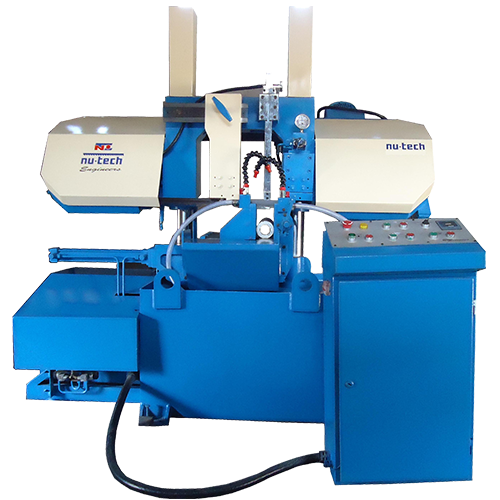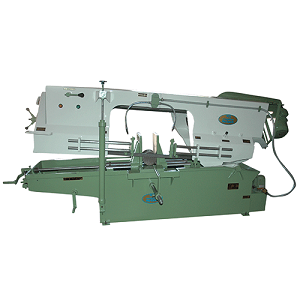How to choose a Bandsaw Blade?

What Is The Gullet On A Bandsaw Blade?
May 17, 2022Windows 10 Pro Ab 11 Euro Kaufen
May 19, 2022How to choose a Bandsaw Blade?
While discussing bandsaw blade plans for cutting dry wood, there are likely however many sentiments as there are bandsaw makers. Thus, how about we take a gander at the fundamental thoughts and ideas of a band blade so we can see the value in what elements are basic for our activity and subsequently what plans may be ideal.
Bandsaw Blade Width
The width of a blade is the estimation from the highest point of the tooth to the back edge of the blade. The more extensive blades are stiffer by and large and will quite often follow preferably on the band wheels over restricted blades. While cutting thicker material, the more extensive blade has less capacity to stray on the grounds that the back end, when in the cut, helps steer the front of the blade, particularly on the off chance that the side freedom isn’t exorbitant.
Narrow blades can while cutting a bend, cut a lot more modest span bend than a wide blade. For instance, a ¾-inch-wide blade can cut a 5-1/2-inch range while a 3/16-inch blade can cut a 5/16-inch span. While cutting hardwoods and high-thickness softwoods like Southern yellow pine, it is my inclination to use as wide a blade as could be expected; low-thickness wood can utilize a smaller blade whenever wanted.
Bandsaw Blade Thickness
As a general rule, the thicker the blade, the more strain that can be applied. Thicker blades are likewise more extensive blades. More strain implies straighter cuts. Be that as it may, thicker blades mean more sawdust. Thicker blades are additionally more challenging to twist around the band wheels, so most producers of bandsaw will determine a thickness or thickness range. More modest width band wheels need more slender blades. For instance, a 12-inch width wheel is frequently outfitted with a 0.025-inch thickness blade that is ½ inch or smaller. An 18-inch distance across the wheel can utilize a 0.032-inch thick blade that is ¾ inch wide.
By and large, thicker and more extensive blades will be the decision while cutting thick wood and woods with hard bunches. Such wood needs the additional strength of a thicker, wide blade to abstain from breaking. Thicker blades likewise redirect less when resawing. The thickness of the blade is accounted for regarding genuine estimation; once in a while, the thickness is known as the measure.
Read more about What Is The Gullet On A Bandsaw Blade?

